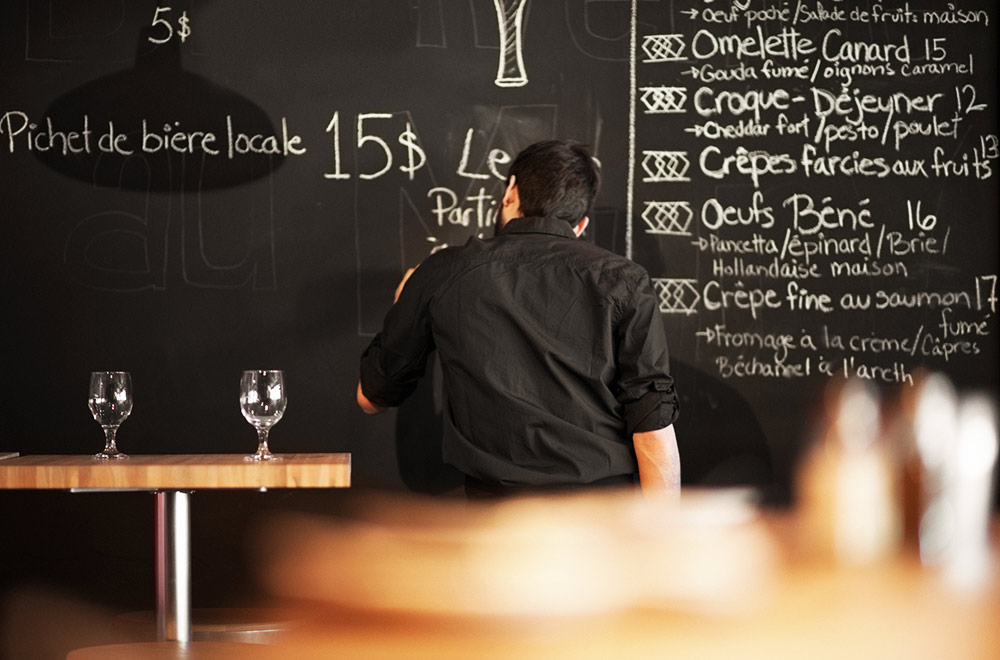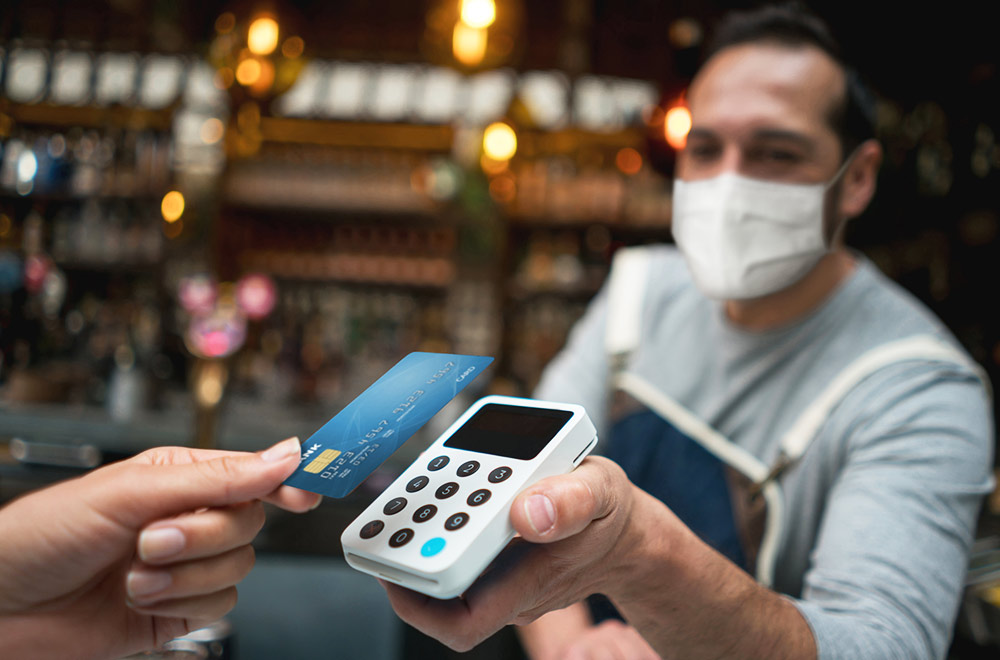Numerous restaurants across the country are incurring extra costs due to the coronavirus pandemic. These additional expenses can include purchasing personal protective equipment (PPE), paying for employee testing, and increased meal costs. Oftentimes, to recoup dollars, restaurant owners are passing these costs onto the customer via a “COVID-19 surcharge,” which is added to the bill. Unsurprisingly, this practice has been met with consumer backlash and frustration, forcing patrons to be extra scrupulous when reviewing their check.
If a restaurant with thin margins needs to charge extra to cover their costs, they can reference the below to learn the best practices for doing so.
Avoid phantom charges
As with any business, it’s important for restaurants to be transparent and honest when it comes to all facets of their operation including food preparation, prices, ingredient sourcing, etc. Placing an additional charge on a customer’s check and simply labeling it “COVID-19 surcharge” without any upfront warning or explanation is a recipe for conflict and confusion. Rather than trying to covertly recapture dollars by putting your brand at risk, it’s a better idea to be upfront and honest with patrons from the moment they sit down.
For example, you can have your server explain to each table upon greeting them that due to the increased safety and sanitation measures your establishment has been taking during coronavirus, that there will be an extra charge added to each bill. Have your staff stress the fact that this additional percentage of revenue is going directly towards PPE, employee testing, and increased sanitation measures to ensure that the restaurant can continue to safely and successfully serve guests during the pandemic.

Increase prices across the board
If you don’t like the idea of adding a specific surcharge line item, you can opt to increase all menu item prices by a certain percentage across the board. This is a viable solution that your staff can also explain to your guests upon greeting their table. Similar to the above option, servers can let customers know that menu item prices have been slightly increased to offset the extra expense of PPE, employee testing, sanitation measures, etc. It will be especially important to inform your loyal customers due to their greater familiarity with your menu prices.
Updating your website’s menu, posting about these changes on your social channels, and sending a mass email blast to your database are all savvy methods for protecting your brand’s values of honesty and transparency.
Encourage guests to support safety efforts
Many times, customers are not privy to the exorbitant amount of work, resources, and money that goes into a restaurant’s ability to meet the ever-increasing safety and health guidelines prompted by COVID-19. You can communicate your efforts with bullet points or easy-to-understand infographics that can be displayed on your website, social pages, emails, and tables (in the form of a table tent), to illustrate exactly where the additional dollars you’re requesting from customers go. After this information is relayed, restaurant owners can include a “health and safety” tip area on each dine-in check. True to the old saying, “If you don’t ask, you don’t get,” this initiative has the ability to spur additional monetary help from patrons that are eager to support their favorite local spot. Again, it’s crucial that your staff also reinforces this new practice early on for dine-in customers so that they are not taken off guard.
We’re all in this together
Take time to remember that all people — restaurant owners, staff, vendors, partners, and guests alike — are in this together. Take stock of your new operating costs and margins and then decide on a fair price increase that satisfies the business’ new bottom line as well as your customers’ pockets. With people as a whole being more frugal during these unpredictable times, it’s vital to not implement a price increase that will deter diners from supporting your establishment altogether. In the end, regardless of which option you choose, effective, clear, and transparent communication is the key. If guests understand that this small percentage increase in price is going directly to their safety and the safety of the restaurant’s staff to ensure a healthful experience for all, they can be more understanding and willing to pay a little bit more.
To discover more restaurant marketing strategies and tactics that can help your business during COVID-19, take a look at our free e-tool, “Coronavirus Era: 13 Restaurant Marketing Tips.”






